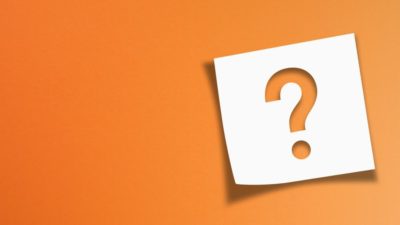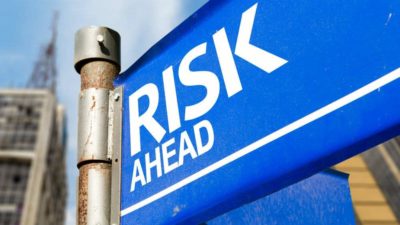We are at the end of January, and 2022 hasn’t really been kind to either savers or investors. With the end of the financial year around the corner, it’s worth revisiting an area that might be of interest to you.
Yes, I’m talking about ISAs. And more specifically, making the most of the generous ISA allowance.
I remember being extremely cautious before I opened my first Stock and Shares ISA. All of the questions I had prevented me from making the most of my allowance in that first year. Sadly, you cannot go back and re-write the past, especially with your ISA allowance.
Should you invest £1,000 in Barclays right now?
When investing expert Mark Rogers has a stock tip, it can pay to listen. After all, the flagship Motley Fool Share Advisor newsletter he has run for nearly a decade has provided thousands of paying members with top stock recommendations from the UK and US markets. And right now, Mark thinks there are 6 standout stocks that investors should consider buying. Want to see if Barclays made the list?
[top_pitch]
Speaking about the basics
Why are ISAs so attractive? Well as things stand, the ISA allowance for the current tax year (2021-22) is £20,000. This means you can put up to £20,000 into an ISA and any returns that make are completely tax free.
In case you’re still scratching your head about whether an ISA could benefit you, I will try to throw some light on the claims I found confusing.
1. You can only have one ISA each tax year
You can have more than one ISA, but in the same financial year, you cannot pay money into more than one ISA of the same type. For example, I’ve put money into a cash ISA in the current financial year, so I cannot put money into the cash ISA I opened in the previous tax year. Well, not if I don’t want to be dealing with HMRC.
However, be aware that your annual allowance can be split across different types of ISA. So, I could save £10,000 in my cash ISA, £4,000 in a Lifetime ISA and £6,000 in a stocks and shares ISA.
If you wish to open an ISA of a type you already have, you can do that. Although this should happen on or after 6 April when the new financial year starts.
[middle_pitch]
2. Money cannot make withdrawals and pay it back in
If you have already put money into your ISA, it counts towards your annual allowance. But if you have a flexible ISA, you can actually make a withdrawal and then put it back into your ISA within the same tax year without burning your allowance.
Let’s assume that I have already put £15,000 in a cash ISA in this financial year. If I take out £1,000, I can then put £6,000 back in by the end of the financial year to use my full £20,000 allowance.
However, this is not possible with all types of ISA. Be sure to check the flexibility your provider offers before you proceed.
3. Once you’ve selected an ISA, it’s all set in stone
Because of how flexible ISAs have become nowadays, it’s possible to change your provider or switch the type of ISA you use. Again, it goes without saying that you must check whether a new provider accepts transfers. Another very important aspect to consider is whether you will incur any penalty fees or lose any benefits from your old provider.
For example, if I want to transfer money from an ISA that I’ve used in a previous tax year, I don’t have to move everything. Let’s say that I have £50,000 in a cash ISA but I want to start investing. I can transfer some funds form my cash ISA to a Stocks and Shares ISA and leave the rest in my cash ISA. However, if I want to transfer money I’ve invested in an ISA in the current financial year, I will have to transfer all of it.
When transferring an ISA, it is always important to follow the ISA transfer rules.
Please note that tax treatment will depend on your individual circumstances and may be subject to future change. The content of this article is provided for information purposes only. It is not intended to be, nor does it constitute, any form of tax advice. You are responsible for carrying out your own due diligence and for obtaining professional advice before making any investment decisions.






